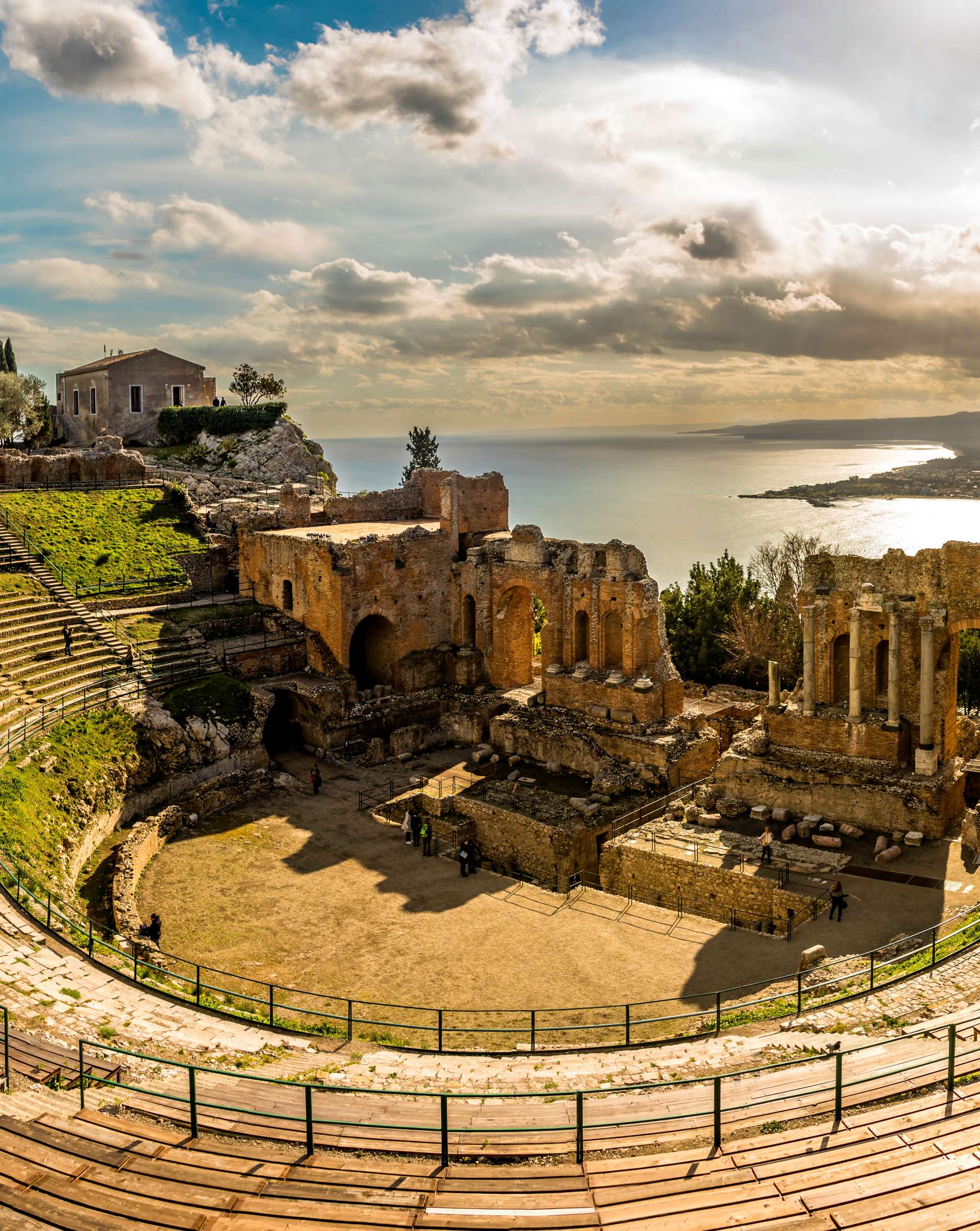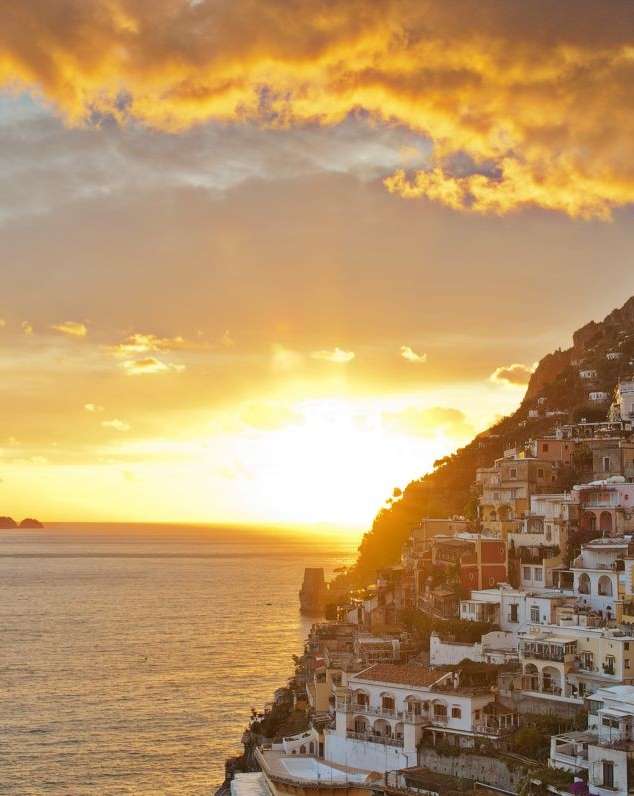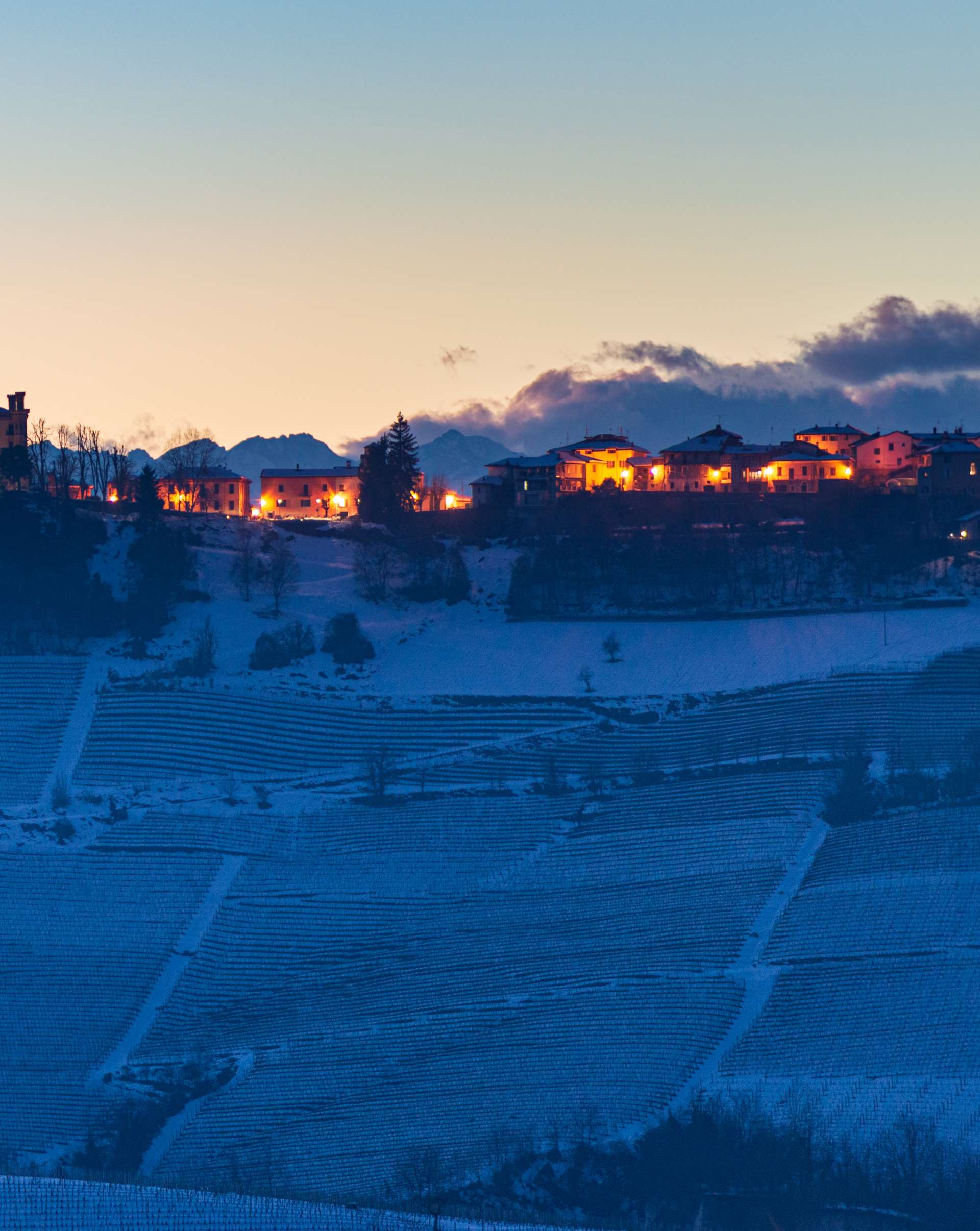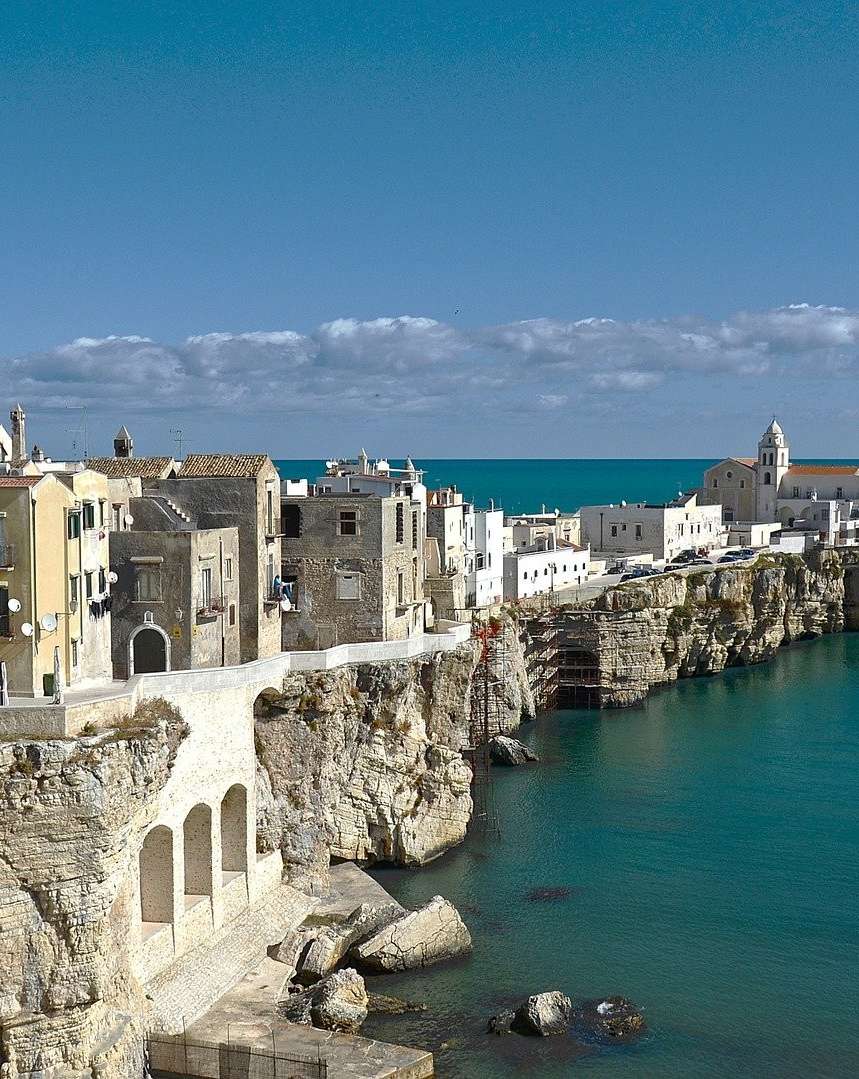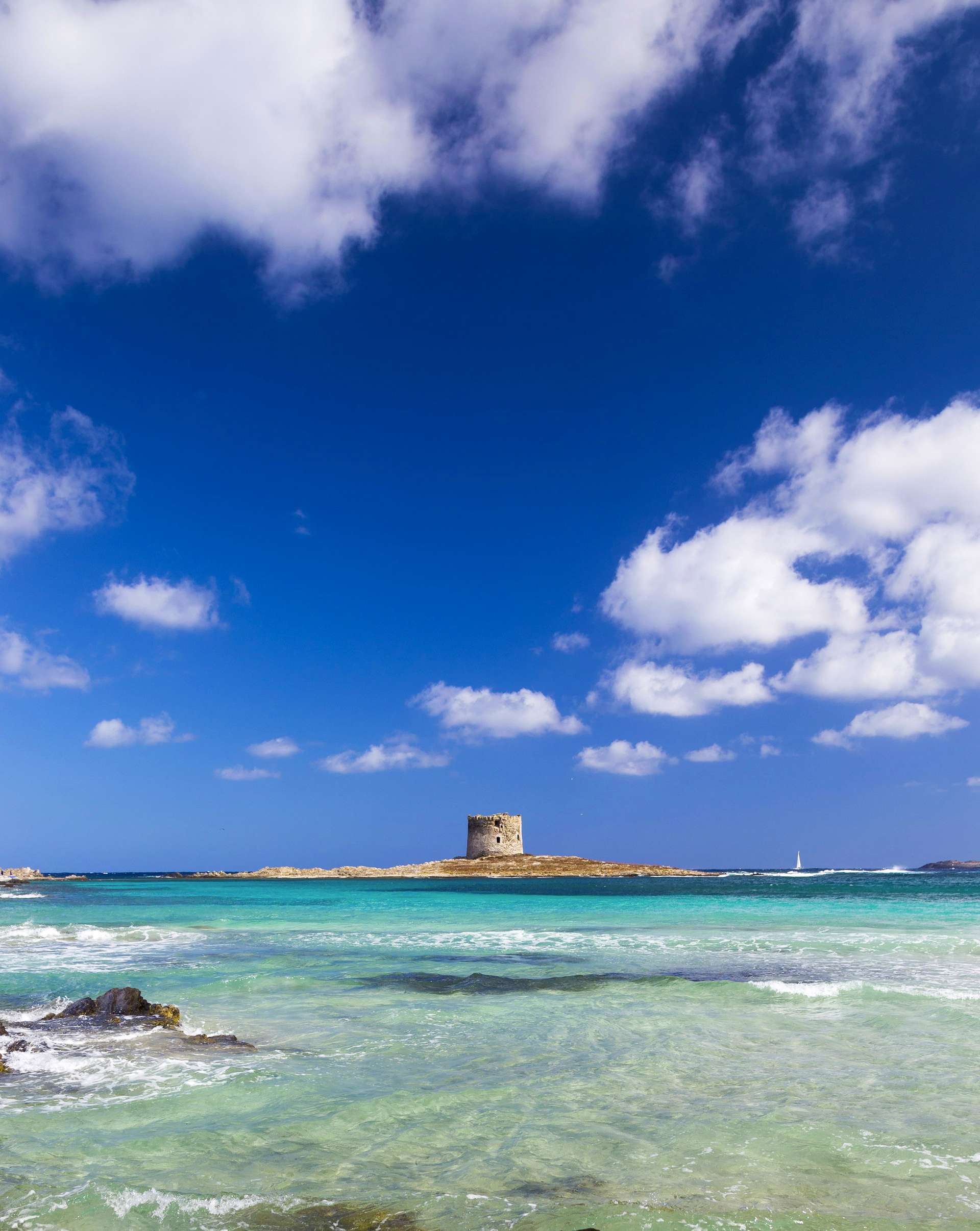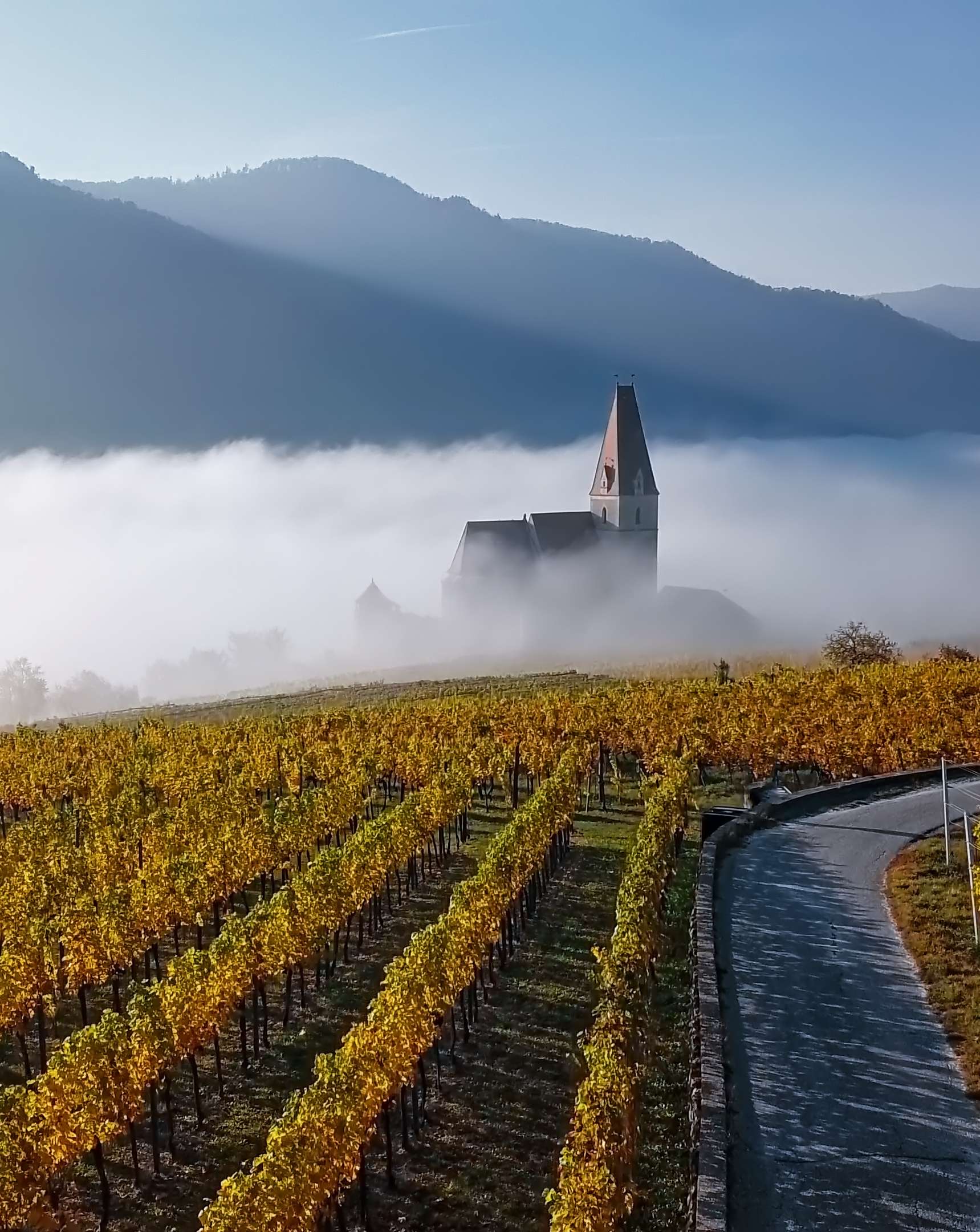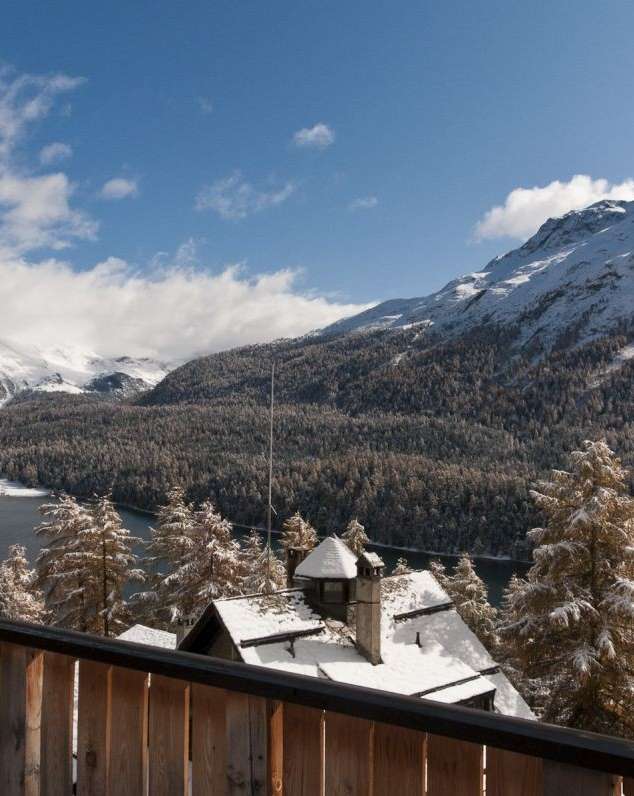
Italy: new, spectacular eruption by Mount Etna in Sicily
March 13, 2017Mount Etna, Europe’s most active volcano, decided to wake up for a minute and yawn soundly a few days ago after a relatively calm 2016. On February 27, an eruption occurred at about 6:00 pm local time from the relatively new Southeast Crater (formed in 1978) and literally lit up the Sicilian sky with spectacular fountains of lava and bright orange lapilli.
In Mount Etna’s typical style, the lava stream was also accompanied by Strombolian eruptions – relatively mild explosions named for the Italian volcano Stromboli, which is the eponym for the type. Strombolian eruptions are basically made of incandescent cinder, lapilli, and lava bombs, to altitudes of tens to a few hundreds of meters. The eruptions are small to medium in volume, relatively peaceful and only sporadically violent.
The show created by Mount Etna’s brief wake was wonderful: the explosive outburst was probably caused by trapped bubbles of gas which escaped through the lava, reaching a height of hundreds of meters.
Etna’s natural fireworks continued, intermittently, for the next few days and were observed up until March, 4.
Etna’s sporadic grumbles are called paroxysms, according to a 2012 study about the volcano’s frequent – albeit brief – small eruptions. It has to be said that Etna was not being serious at all, even though these simple outbursts spit out enough lava every year to fill Chicago’s 1,450-foot-tall Willis Tower.
People in the nearby city of Catania, one of the most important in Sicily, are relatively used to Etna’s “complaints” and, as per usual, no damage or even disrupt air traffic was registered. Let’s just hope the volcano and its people keep getting along so well.

